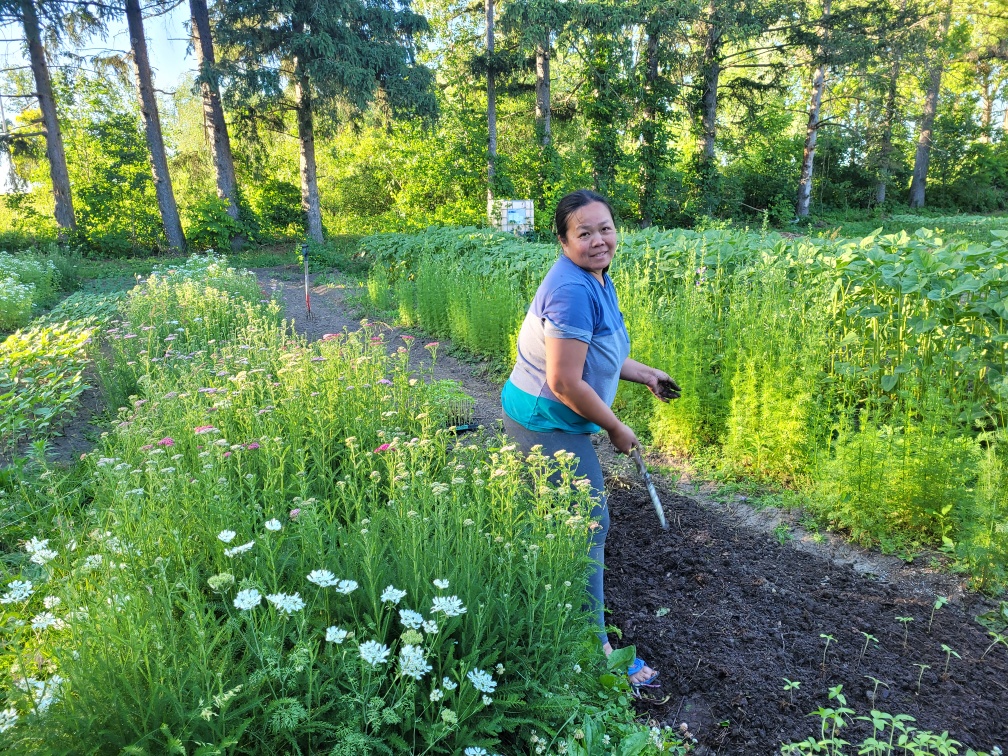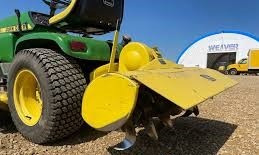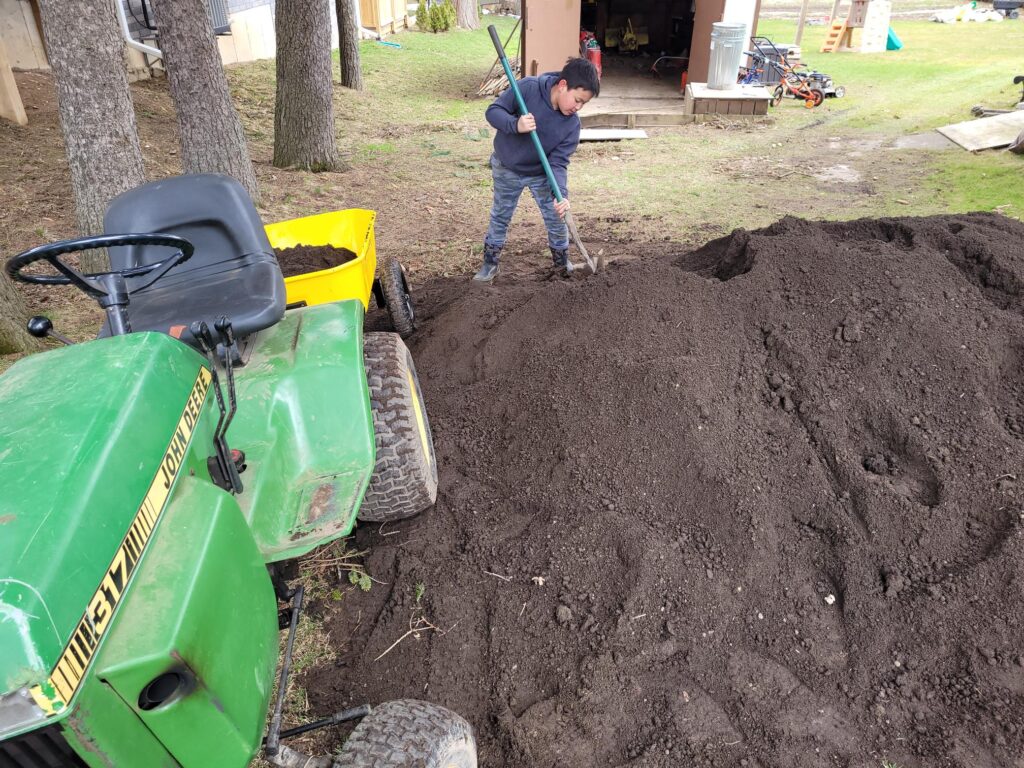In the media they always talk about the joys and profitability of owning a flower farm. My wife started a flower farm on land I purchased. She works from sun up to sun down in a labor of love. I have informed her, that she could make a ton more money by working at a day job instead of getting her hands dirty….but alas, this is her dream. In truth, she cannot make enough bouquets to satisfy her customers.
1. Research and Planning:
– Market Research: Understand the demand, competition, and pricing in your area. Also take a look at population density.
– Business Plan: Outline your goals, target market, crop selection, and financial projections. (Determine succession planning).
2. Choose Your Flowers:
– Select varieties suited to your climate and soil. Consider factors like growth time, yield, and popularity. Determine plant hardiness zone and plant accordingly.

3. Find and Prepare Your Land:
– Site Selection: Look for well-drained soil with adequate sunlight. A 1/2 acre to 1 acre should be fine. Flower farming is compact and intensive.
– Soil Testing: Test soil for pH, nutrients, and drainage. Clay is better than sand as a base. You won’t lose water/nutrients.
– Land Preparation: Clear the land, amend the soil, and set up irrigation. What I find useful is a garden tractor for plowing, tilling and hauling stuff around. Do not buy a lawnmower, a garden tractor (PTOs, hydraulic attachment locations) or a full size tractor. A John Deere tractor with some attachments can be purchased for $1000-2000.
4. Obtain Necessary Permits:
– Check local regulations for zoning, farming, and business permits. The only issue I have really run into, is permits for greenhouses. Depends on municipality though.
5. Secure Funding:
– Determine how much capital you need for land, equipment, seeds, and other expenses. You could explore loans, grants, or personal savings. Personally I would start your business small and scale up, keeping your current job.
6. Purchase Equipment and Supplies:
– Invest in tools, irrigation systems, and other necessary equipment. A tractor is invaluable with attachments (moldboard plow, tiller, trailer etc). A jag seeder is also useful.




7. Plant Your Flowers:
– Follow the specific planting instructions for each flower variety. Pay attention to spacing, depth, and care. Succession plan to have continuous flowers.
8. Manage and Maintain your Land:
– Regularly water, fertilize, and protect your flowers from pests and diseases. Prune and harvest according to the flower types. Use manure (free or cheap) and augment with fertilizer.
9. Marketing and Sales:
– Develop a marketing strategy to reach your target customers. Consider local farmers’ markets, florists, or online sales. We find the farmer’s market is incredible, subscriptions are much more problematic.
10. Evaluate and Adjust:
– Regularly review your progress, financial performance, and market trends to make necessary adjustments for growth and improvement. Often flowers come in fashion and move out of fashion. Sunflowers are popular now.
Each step will require careful attention and adaptation based on your specific circumstances and goals. Hopefully you can consider flower farming more of a hobby (Labor of love) than a career. You’ll need to work extended hard hours, but it will be enjoyable.
